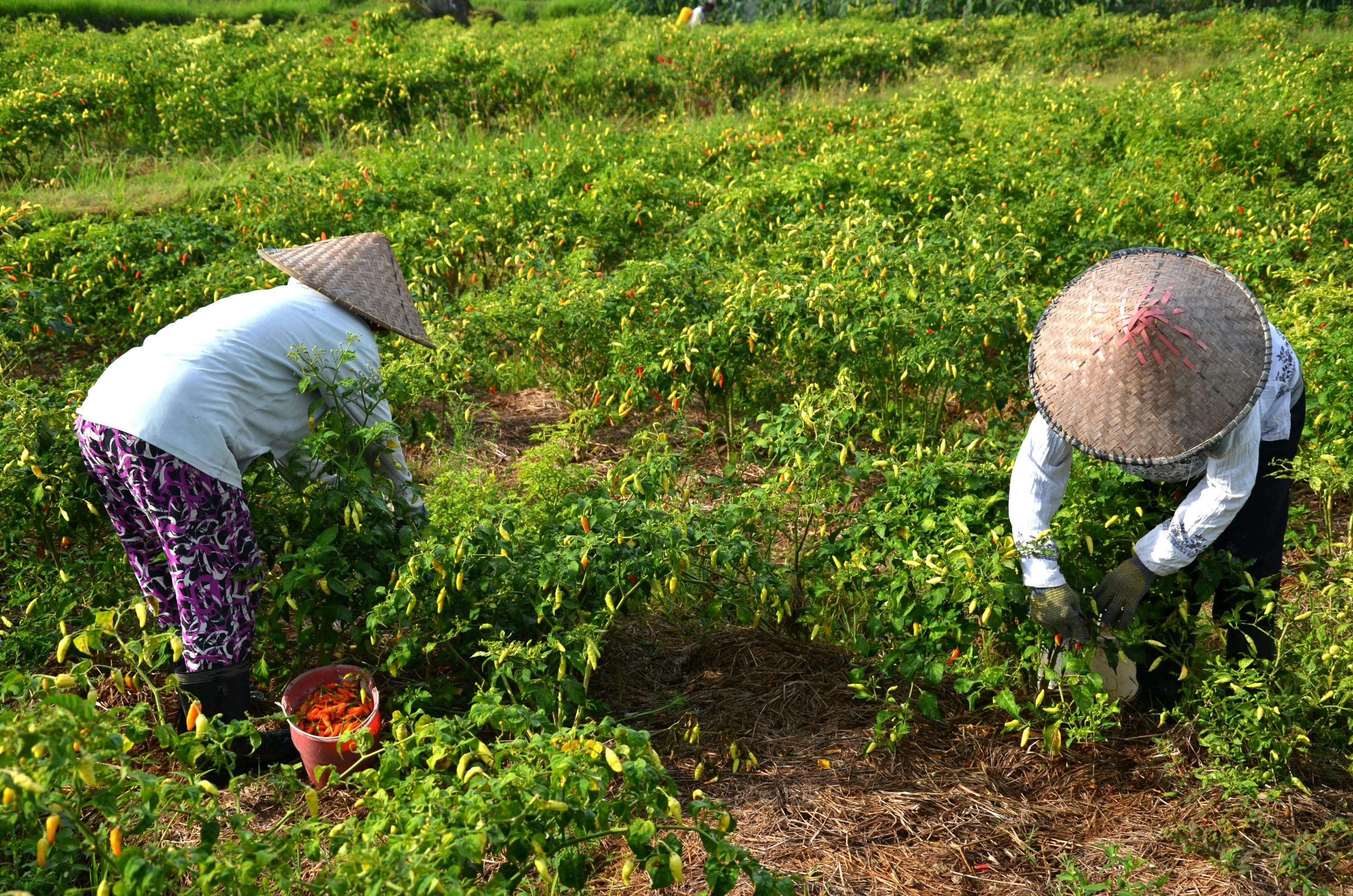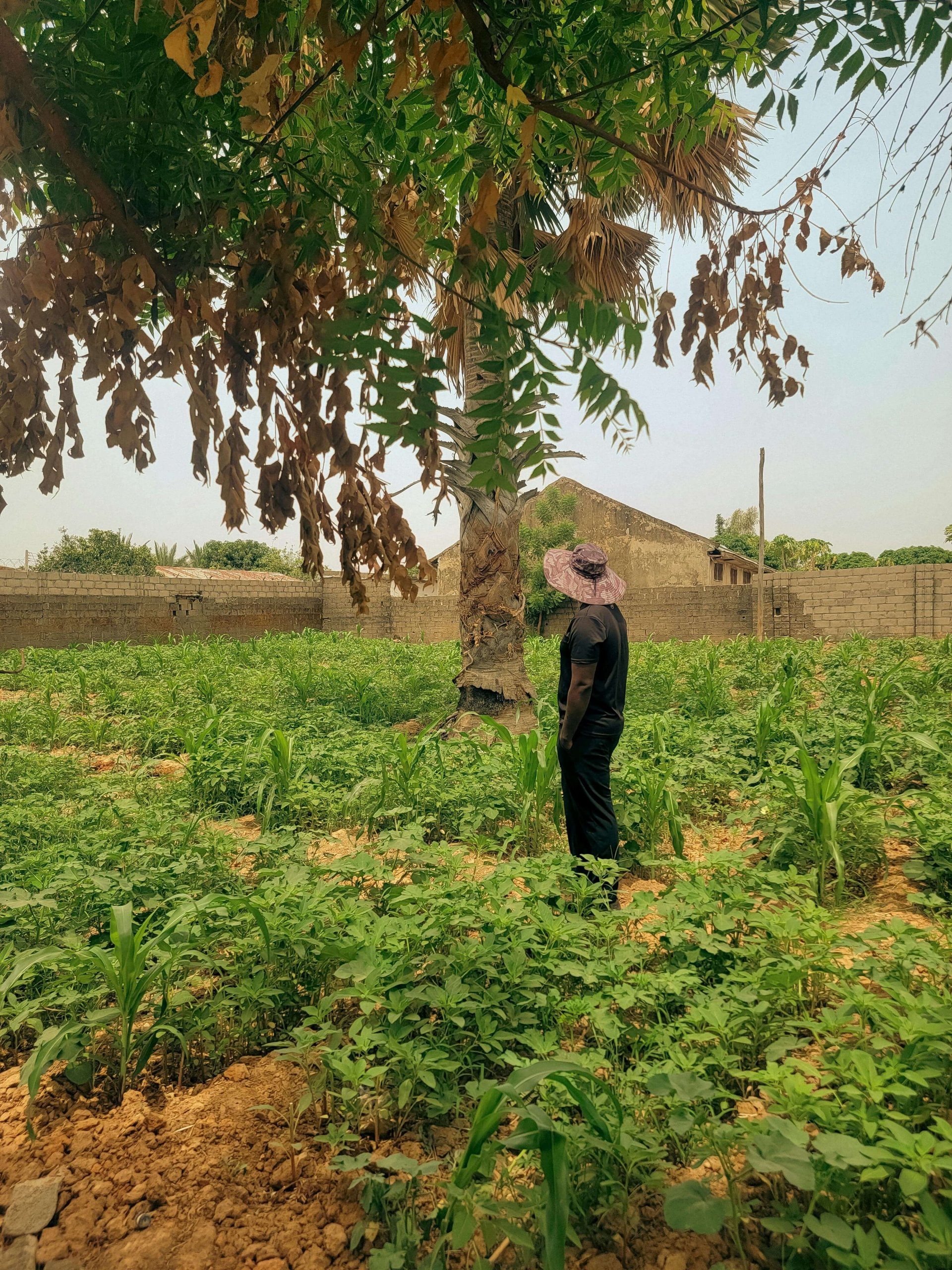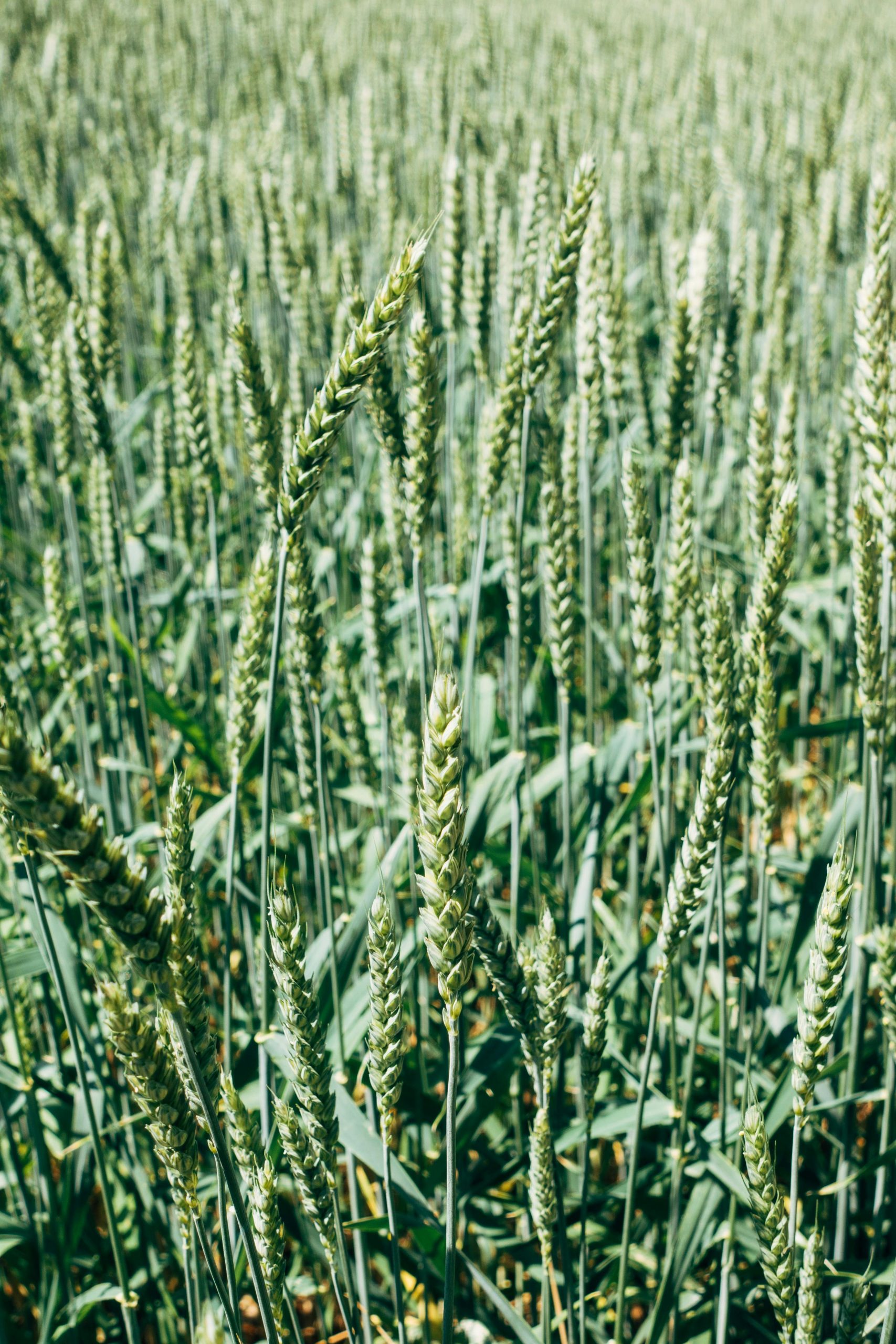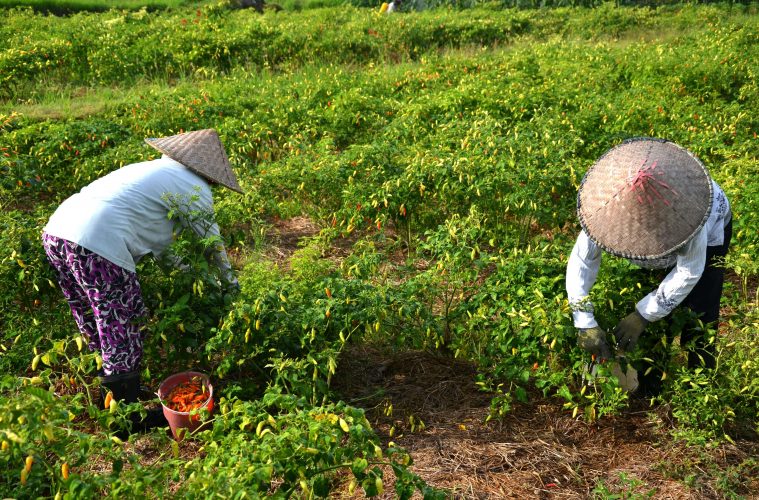The practice of encouraging farming that pits agriculture and ecology together. The existence of agroecology to address sustainable farming.
What is agroecology?
Farming benefits both nature and the environment while ensuring healthier food distribution. This sustainable form of agriculture includes various practices. These include organic and biodynamic farming.
Agroecology addresses the issues caused by conventional agricultural systems that are harmful to the environment. By practising agroecology, you can reduce your reliance on non-organic materials in your soil. Farming through agroecology promotes sustainability, enhances soil fertility, and improves pest control.

Image Credit: Pexels
The importance of agroecology
Agroecology is essential because it promotes better farming and gardening practices. It does this while still managing the impact of agriculture on wildlife. By allowing nature to take care of important tasks such as pollination and pest control, agroecology helps maintain a balanced nutrient flow. A well-balanced nutrient flow helps improve soil conditions for plant growth by enhancing organic matter. This farming method is one of the most reliable approaches to sustainable agricultural development.

Image Credit: Pexels
Agroecology elements
To encompass the nature of agroecology key approaches should be followed. These approaches must be environmentally friendly but adopt a systemic approach. The practice of agroecology incorporates elements to improve crop production. These elements include:
- Soil health: ensuring soil health for improved plant growth
- Biodiversity: maintaining the diversity of wildlife on your farm
- Recycling: Recycling materials is beneficial for your farm
- Animal Health
- Economic diversification

Image Credit: Pexels
The approach of agroecology is rooted in the improvement of environmental damage. Although not easy, with hard work and determination, you can always opt for it.
ALSO SEE: THE FUTURE OF FARMING: THE POTENTIAL OF AEROPONIC GARDENS
Feature Image: Unsplash

